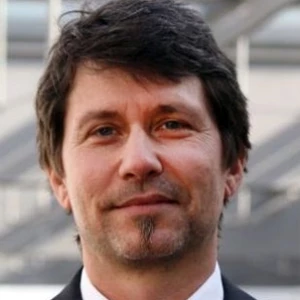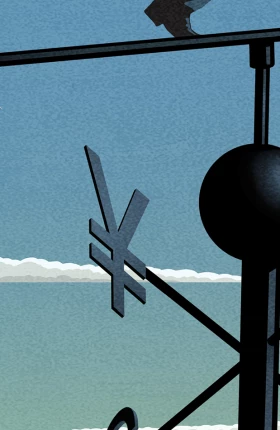When it comes to value creation, the global chemical sector has proved itself to be, yet again, one of the best-performing industries. From 2007 through 2011, it ranked fourth among the 21 industries analyzed in The Boston Consulting Group’s 2012 Value Creators report. (See Improving the Odds: Strategies for Superior Value Creation , BCG report, September 2012.)
For the roughly 100 top publicly listed chemical companies worldwide, total shareholder return (TSR, our measure of value creation) averaged 4.7 percent per year during that period—dramatically lower than the chemical sector’s ten-year average (2002–2011) TSR of 11 percent, but well ahead of most other industry sectors, which returned only 2.4 percent overall during the ten-year period. (See “The Components of TSR.”) More impressive still was the performance of the top ten companies, which achieved an average annual TSR of 39 percent, a return that surpassed that of the top ten of any other industry. Such performance, remarkable in good times, is nothing short of spectacular in a period that encompassed the global financial crisis and recession.
The Components of TSR
Total shareholder return (TSR), which accounts for the share price development in a given time period (including the value of all dividend payouts), is the product of multiple factors. Regular readers of BCG’s Value Creators series will be familiar with BCG’s methodology for quantifying the relative contribution of the various sources of TSR. (See the exhibit below.) The methodology uses the combination of revenue (that is, sales) growth and change in margins as an indicator of a company’s improvement in fundamental value. It then uses the change in the company’s valuation multiple to determine the impact of investor expectations on TSR. Together, these two factors determine the change in a company’s market capitalization. Finally, the model also tracks the distribution of free cash flow to investors and debt holders in the form of dividends, share repurchases, or repayments of debt in order to determine the contribution of free-cash-flow payouts to a company’s TSR.
These factors all interact—sometimes in unexpected ways. A company may increase its earnings per share through an acquisition and yet not create any TSR, because the new acquisition has the effect of eroding the company’s gross margins. And some forms of cash contribution (for example, dividends) have a more positive impact on a company’s valuation multiple than others (for example, share buybacks).
TSR is a useful way to assess value creation, but as a retrospective form of analysis, past TSRs are not a reliable predictor of future TSR.
To what do we attribute this enormous gap between the top performers and the industry average? Identifying the underlying causes, particularly the microeconomic and management-driven ones, is the focus of this report.








